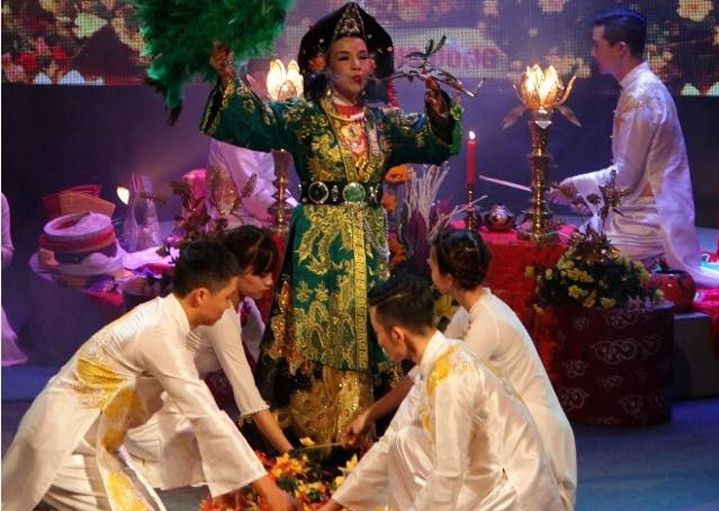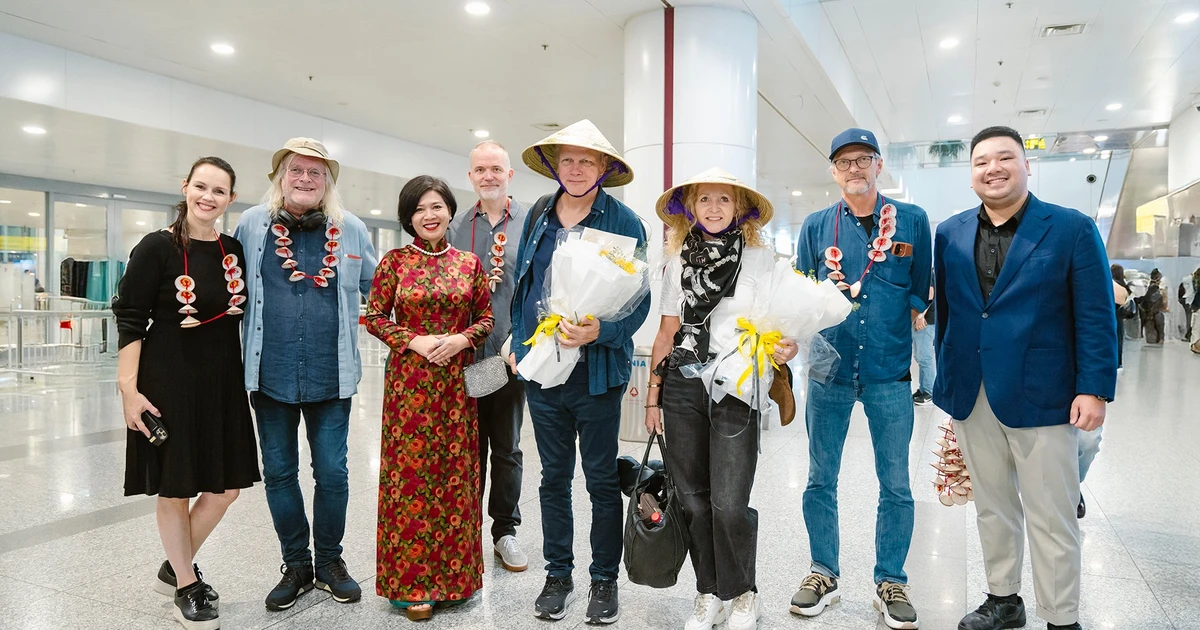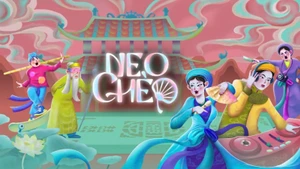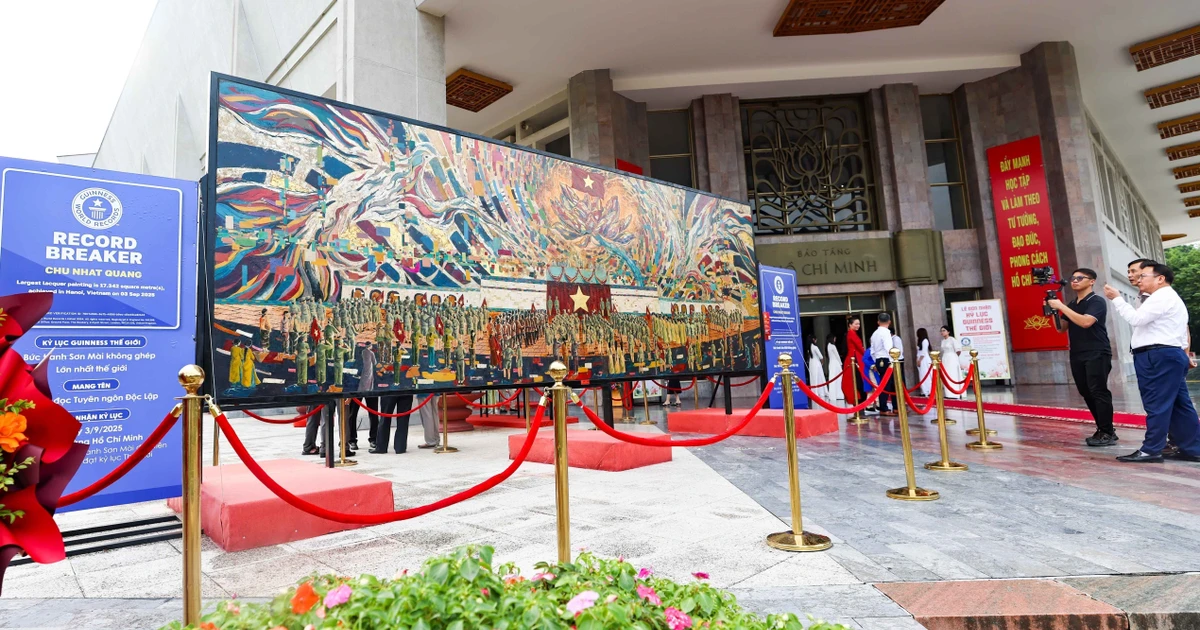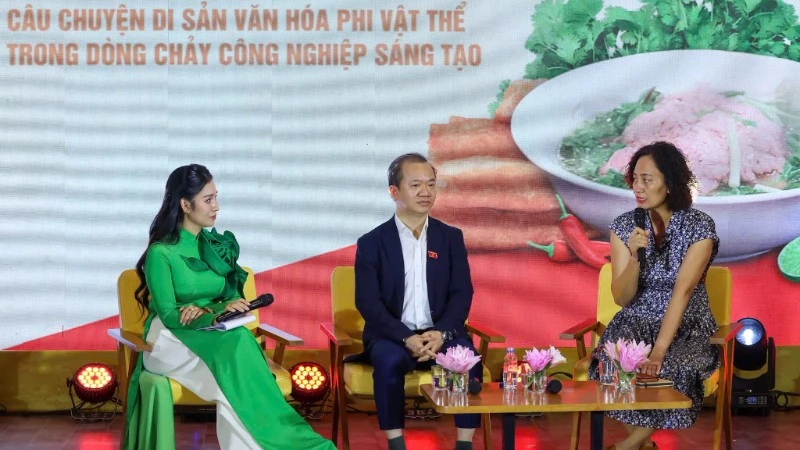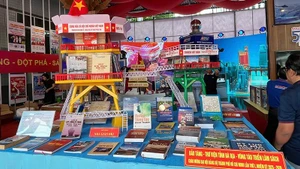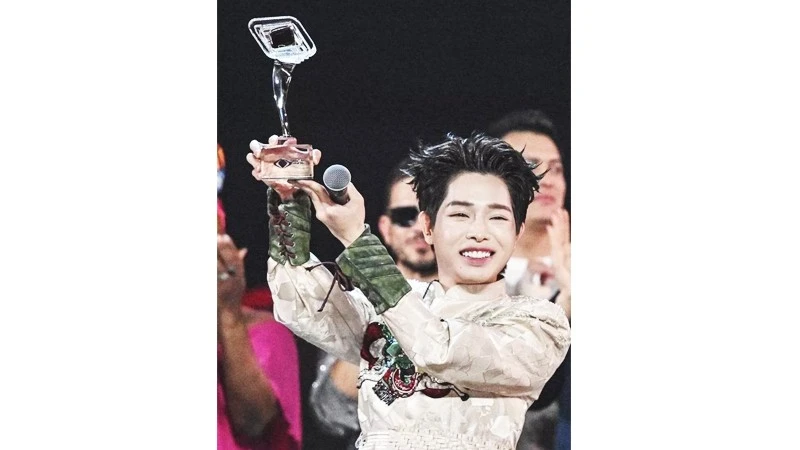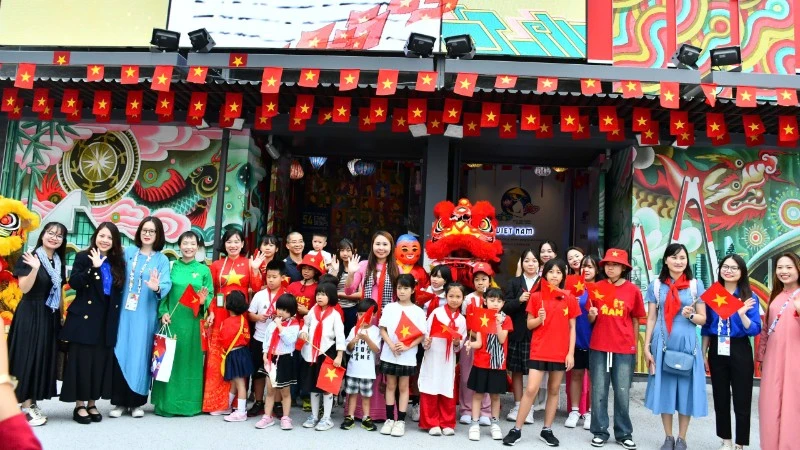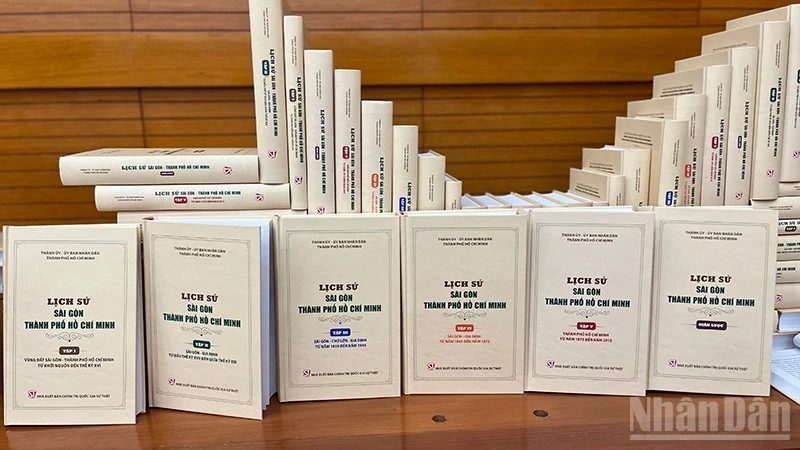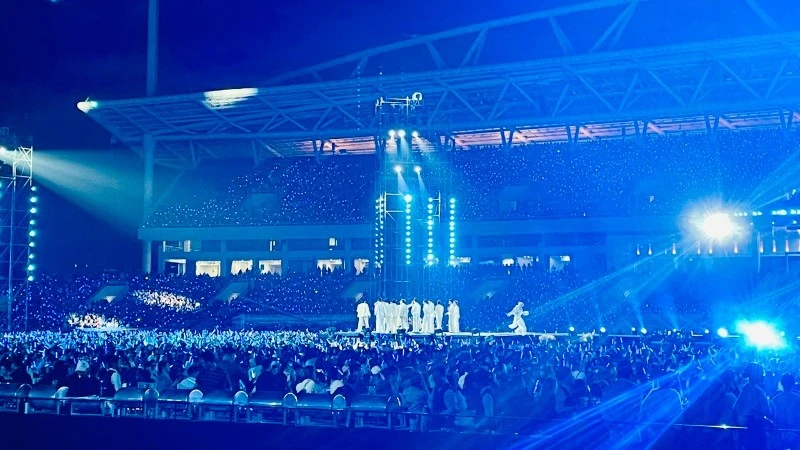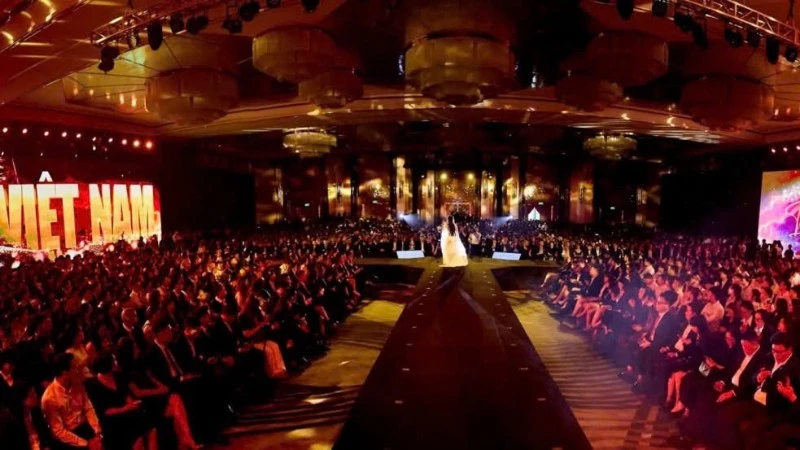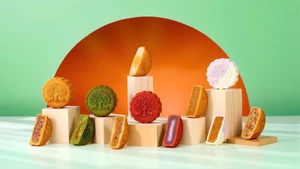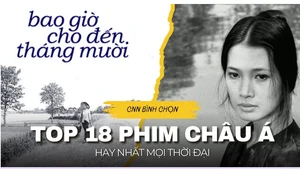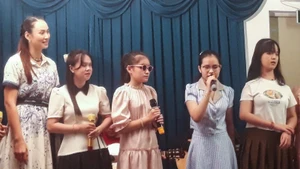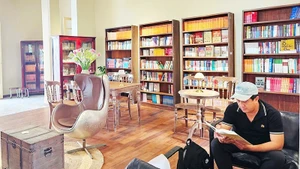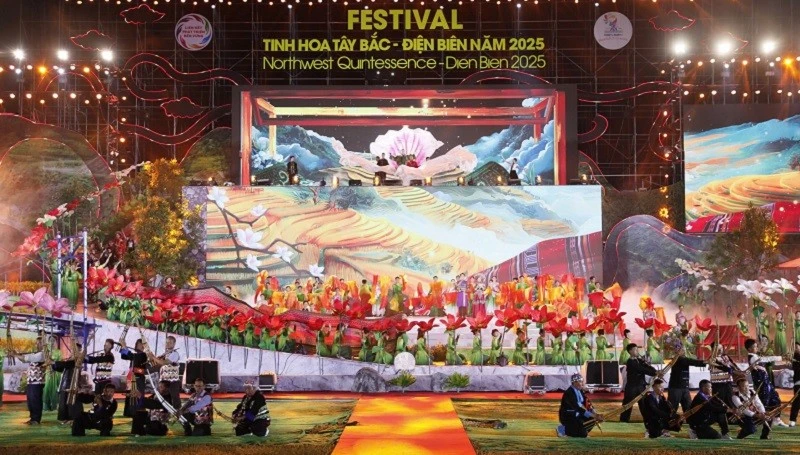Cultural and music researcher Bui Trong Hien granted an interview to a Nhan Dan (People) reporter to share his opinion on putting the ritual on the professional stage.
Q: Putting the hau dong ritual on stage has been considered a sacrilege, however many researchers disagreed with this idea. What do you think about this?
A: Hau dong has unique and outstanding cultural values, therefore the performance of this ritual on stage is easily understandable. In terms of cultural beliefs in general, performance of religious acts on stage is considered as a form of sacrilege. However, from another angle, this action is considered as a honour.
It can be seen that in a hau dong programme, many audiences regard it as a performance and applaud its artistry. However, true mediums believed that spirits descend (giang) or incarnate (nhap) into them, therefore audiences prostrate actors and actresses.
Q: In 1993, Cheo (traditional opera) artists performed a hau dong ritual at an international festival in France and it was warmly welcomed and appreciated. However, few people correctly understand the process of putting the ritual on stage. What is your opinion about this?
A: Along with the country’s development, unique values of folk artistic heritages have been gradually restored, preserved and promoted. In order to implement the guideline of building and developing an advanced Vietnamese culture imbued with national identity set out by the Party and State, theatres and the mass media, under the support of artists and researchers, are seeking, recording, restoring and preserving the forms of traditional performing arts, including hat cua dinh (singing in front of the communal house), hat xoan (xoan singing) and chau van (spiritual) singing.
They have been put on stage and broadcast on the media. The melodies of hat van in hau dong ritual have become the materials for numerous musicians to compose new songs. They have written new lyrics under the tunes of traditional chau van singing.
Since the beginning of the 1990s of the 20th century, the performance of hau dong on stage has developed strongly thanks to changes in awareness of values of the ritual as well as impacts of international integration. Initially, cheo artists played the role of co dong and thay dong (male and female mediums) to perform ‘Ba gia chau dong’ (Three incarnations) on the stage of the Vietnam Cheo Theatre. I saw that it was a very attractive programme. After the success at the theatre, this performance has been introduced frequently at Kim Ma theatre and other cheo troupes.
Q: After cheo arts, other forms of traditional folk arts have also applied the hau dong ritual. People’s Artist Lan Huong has worked hard to arrange the programme entitled ‘Tam linh Viet’ (Vietnamese Spirits) for the experimental drama troupe of Tuoi Tre (Youth) Theatre. Recently, young director Viet Tu introduced a dramatic play entitled ‘Tu phu’ (Four Realms of Places) at the Hanoi Drama Theatre, receiving a great response. As a researcher, what do think about this boom?
A: I think it is not difficult to put hau dong on stage, but I hope there will be regulations on practising this ritual in the community. Unlike other intangible cultural forms which are vulnerable to oblivion due to lack of a successor, the hau dong ritual is in a ‘booming’ situation.
As too many people are practising the hau dong ritual, it is no longer special. In addition, many mediums distort this ritual because they want to make their practice unique and different. For example, the relationship between instrumentalists and hau dong is clearly a supply and demand connection. Formerly, true mediums were connoisseurs of chau van singing; therefore, if instrumentalists and vocalists sang wrongly, they would stop conducting the ritual. However nowadays, both sides lack the connoisseurship of the past.
Electronic musical instruments and western leather drums are gradually being used in chau van singing, the lyrics are created arbitrarily, and ancient tunes are in oblivion, among other inadequacies, reducing the values of this ritual.
In addition, the dress code for incarnations has been changed markedly, no longer following any rules. The mediums in the past strictly observed regulations on the colours of the costumes, such as red for Thien Phu (Heaven Place), green for Nhac Phu (Forest), and white for Thoai Phu (Water). A series of other services are disguised, such as too many votive papers, offerings and money. Recently in Lang Son, a medium performed ridiculous dances that are quite different from traditional norms as well as had offensive actions.
Putting hau dong ritual on stage is a way to preserve the standards of a unique traditional ritual and arts form, which has been discussed in numerous scientific projects.
